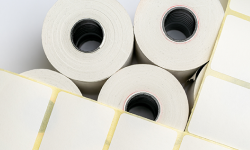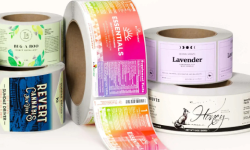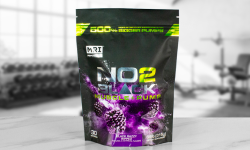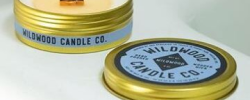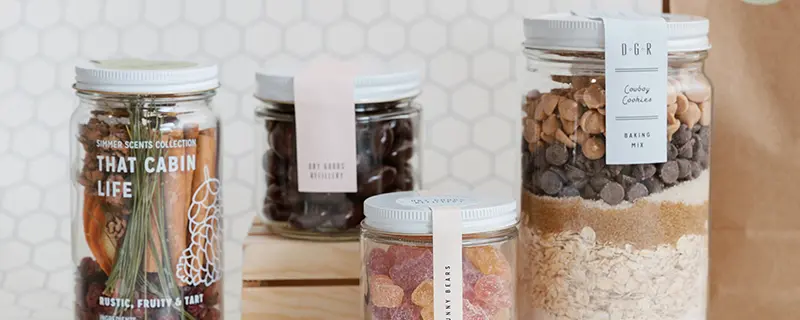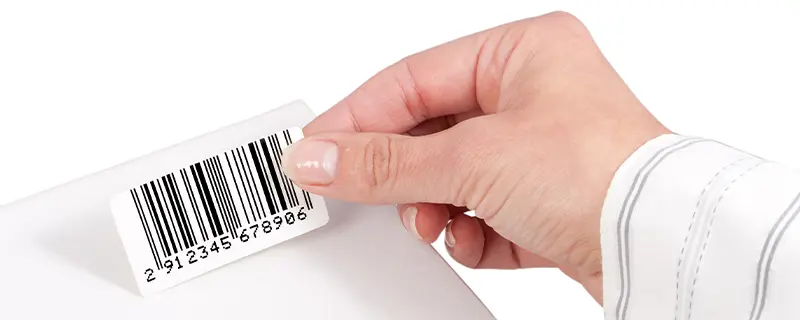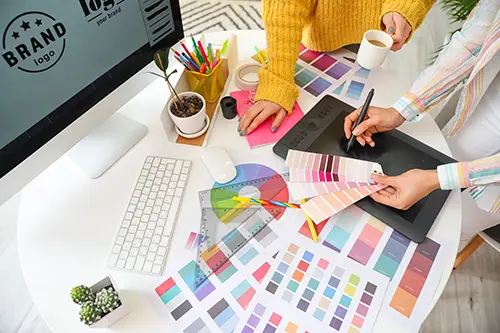Step one of product packaging: deciding how it should be presented and sold to customers. To some degree, the type of container will be influenced by what your product is. You’ll need to consider the following main points when choosing product packaging:
Presentation vs Usability
It makes no sense to package your product beautifully if the buyer has to struggle when using it or can’t get the last 10% of the product out of the container. This often upsets customers so much that they don’t buy the same product again – which equates to a lost customer. For example, a beauty product may have a thick consistency that is best packaged in a screw-top jar, whereas a liquid product might be best in a pump or spray dispenser.
How Product Packaging Affects The Product Label
There’s one other very important thing to keep in mind when deciding on packaging: the product label. The truth is that some packages and self-adhesive labels are not a match made in heaven. Some containers just aren't meant to have a label applied to them, as the properties simply don’t work well together.
For example, when was the last time you saw a toothpaste tube with a self-adhesive label? Ever wondered why? The reality is that squeezable tubes and labels are usually not a very good mix – a tube gets subjected to some serious abuse during its life. The shape is distorted beyond recognition, and a label would be very unlikely to survive. Product labels work best (and look best) when applied to a relatively stable surface, which is why most tubes are screen-printed rather than labeled. That’s a completely separate part of the label printing industry with very different challenges – and it’s not something we do here at Wizard Labels. If you think that digitally printing your product labels is best for your needs, then you will need to consider the container size and shape.
How the Container Size and Shape Affects Product Labels
What looks wonderful and stylish can sometimes present unexpected challenges where labels are concerned. Without a relatively flat surface to adhere to, a label will often wrinkle and/or simply not stick well. Containers with tapered sides can also be a challenge depending on the severity of the taper, so it’s critical to envisage the finished product before choosing a specific container.
The key point here is that the choice of container will often have a significant impact on the process of packaging and labeling products. As professional label printing company, we've seen a variety of product packaging and labeling scenarios. If in doubt, feel free to reach out to us for guidance. We can't tell you which specific container will work best for your product label, but we can check your chosen approach for potential label problems.
